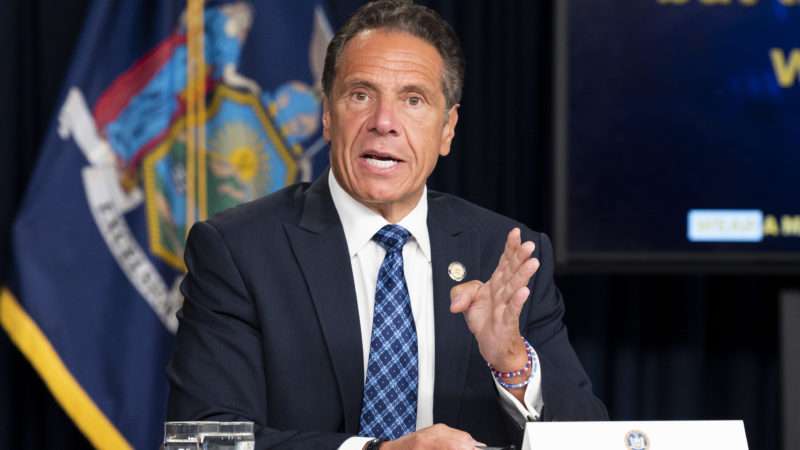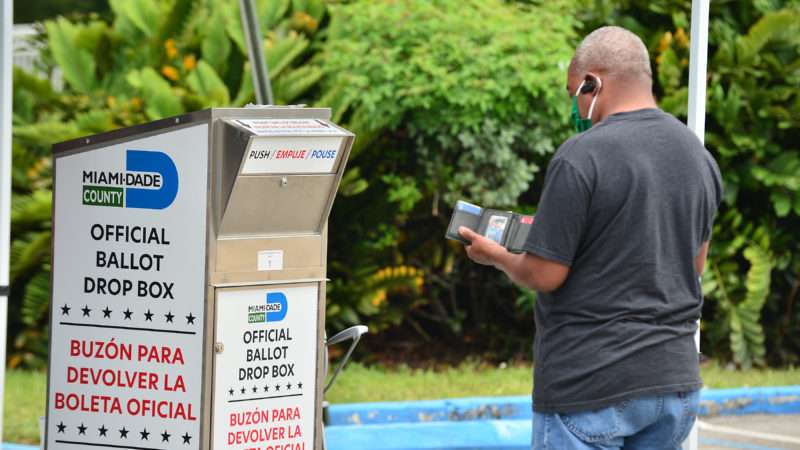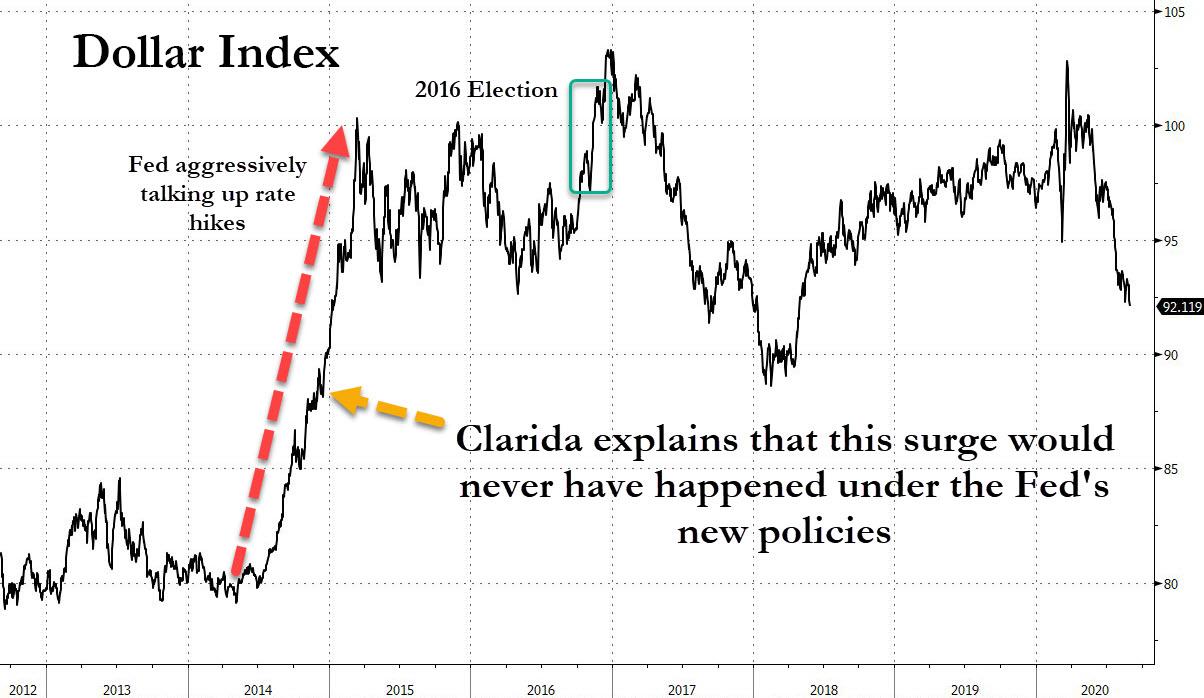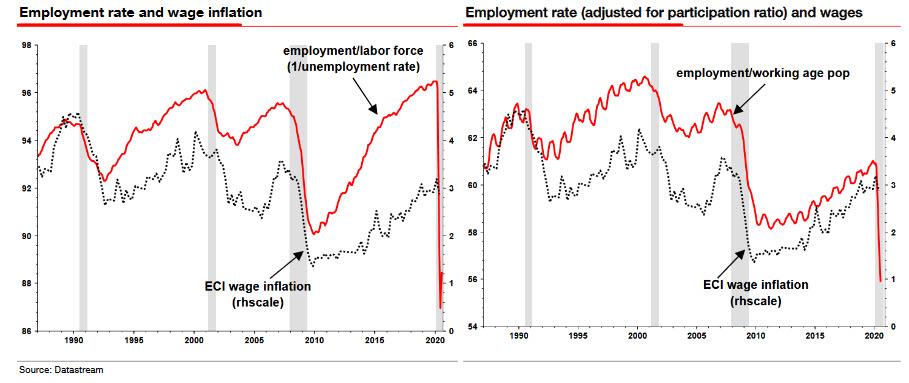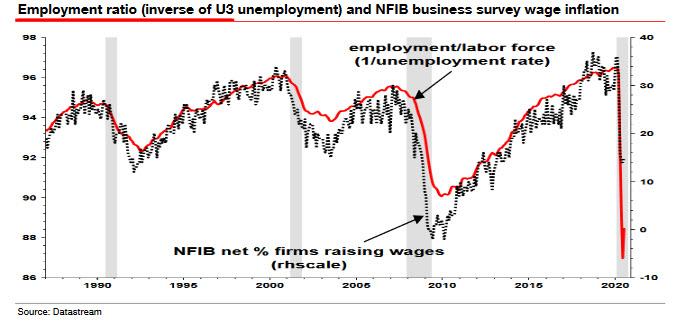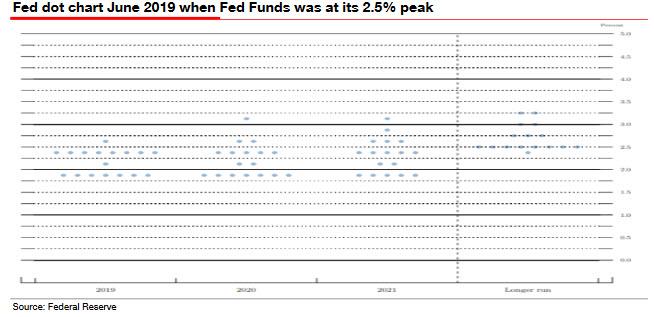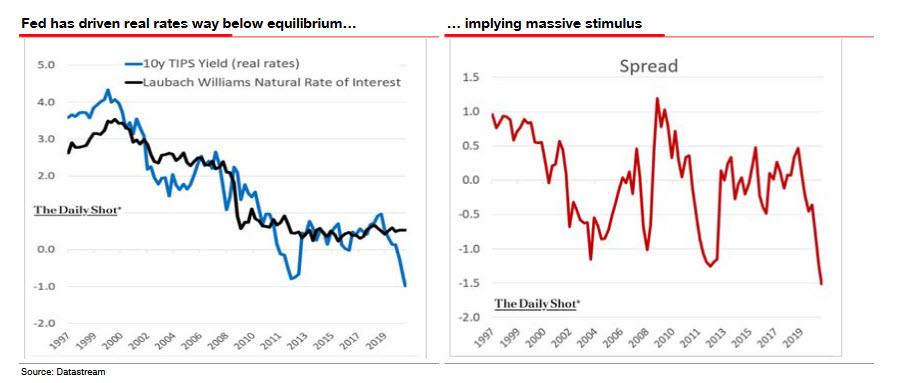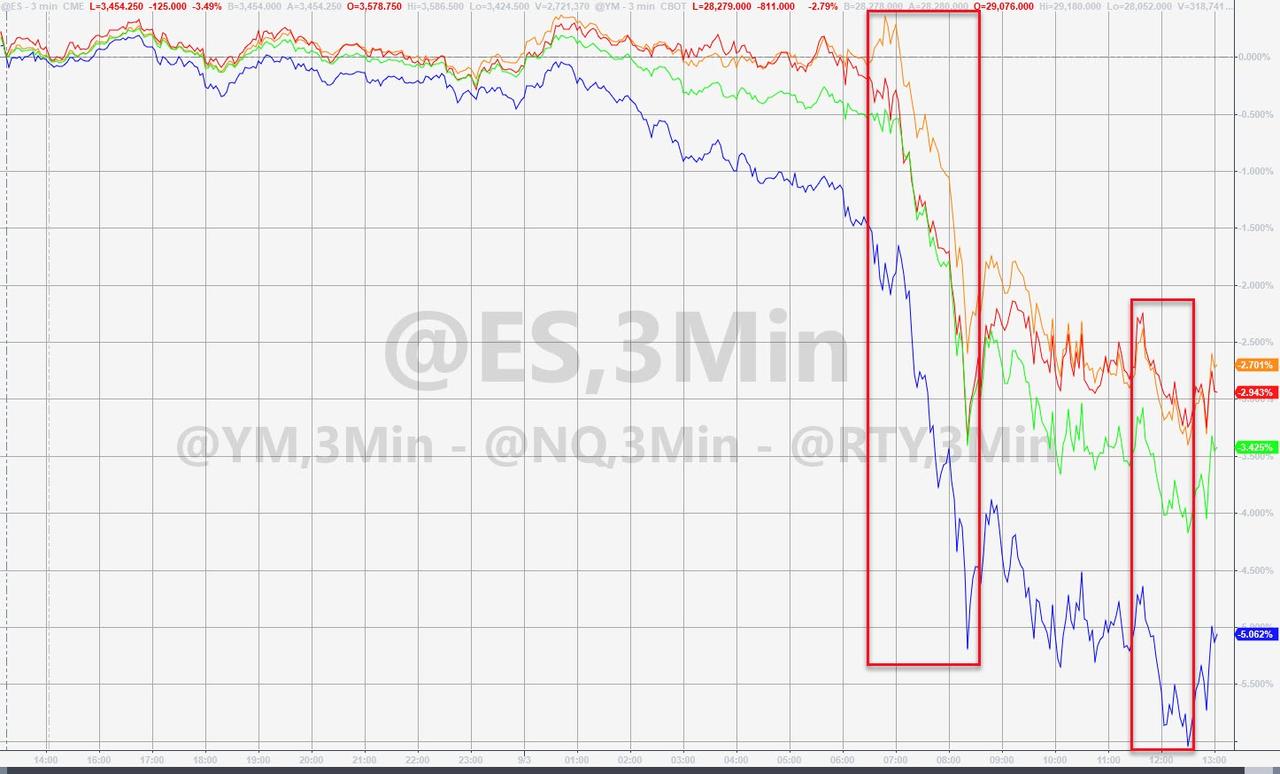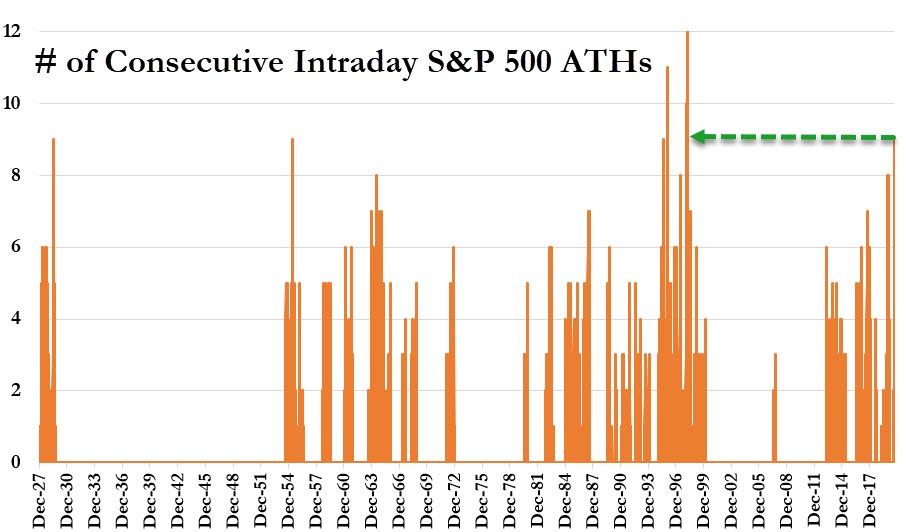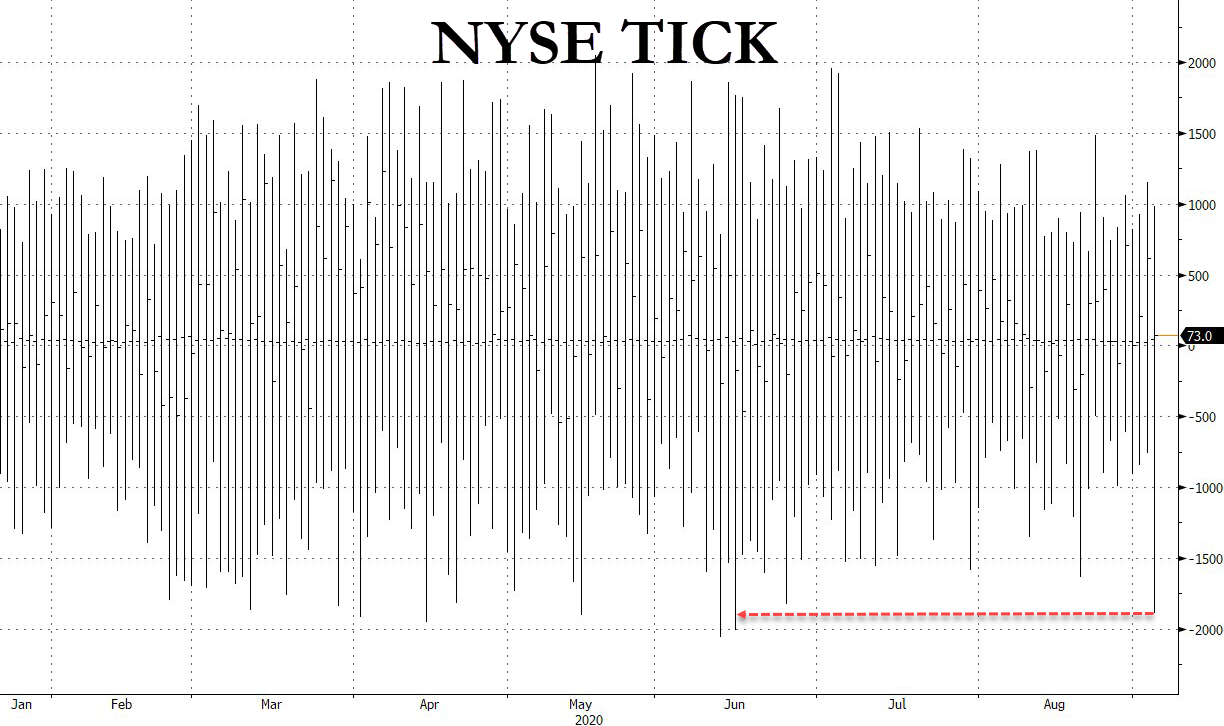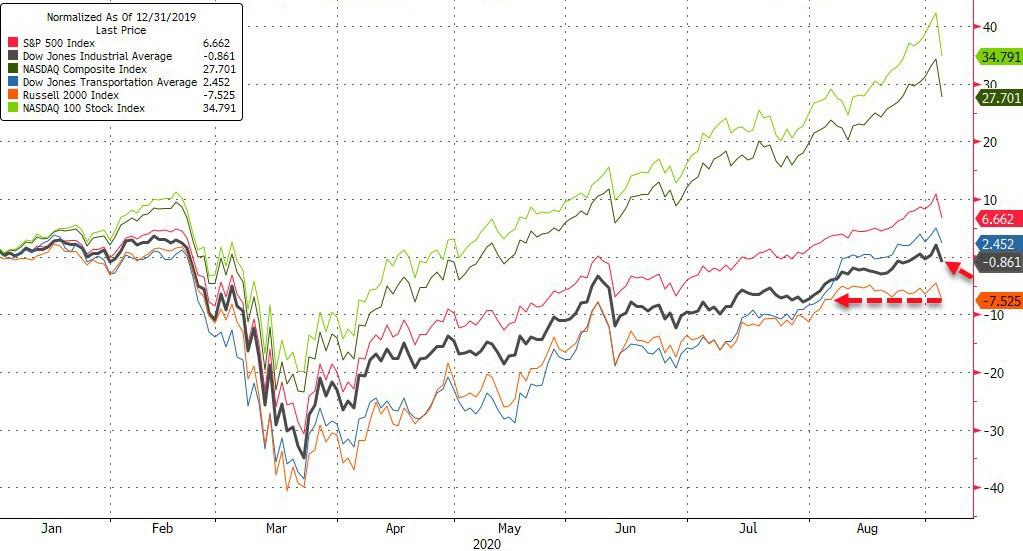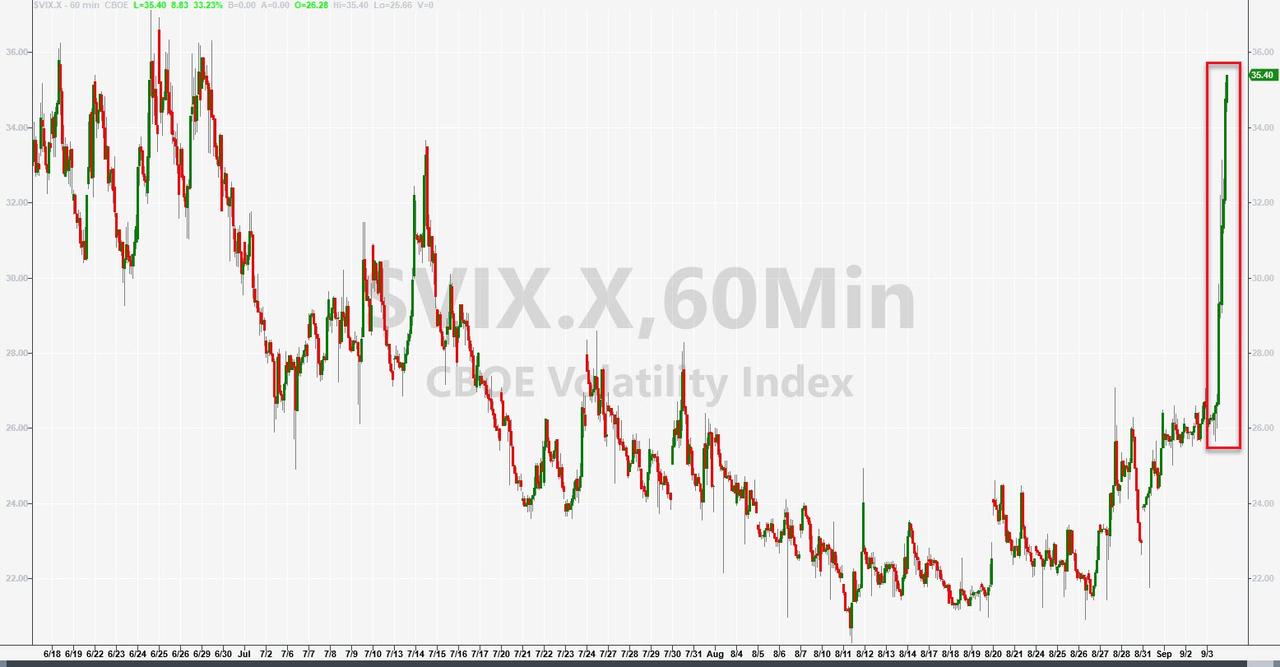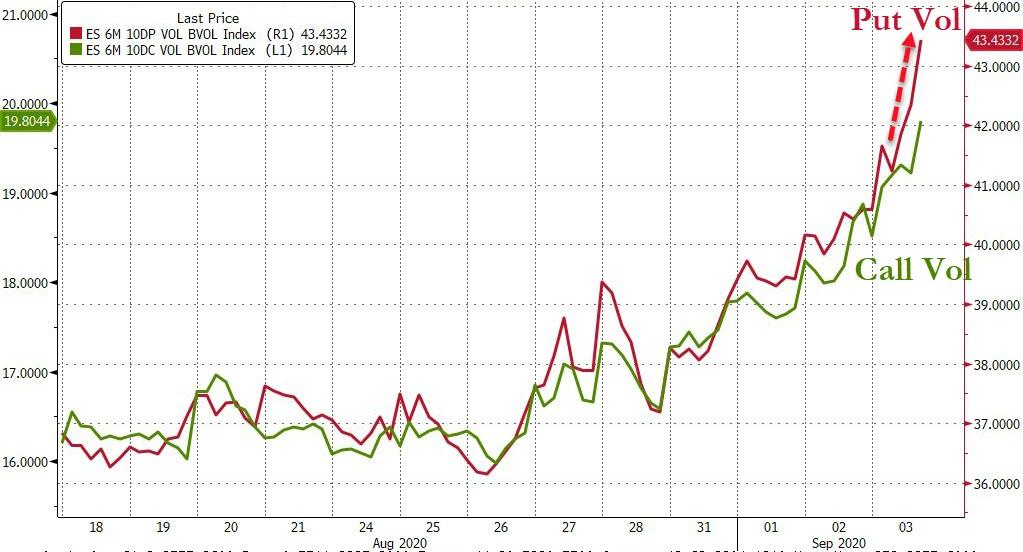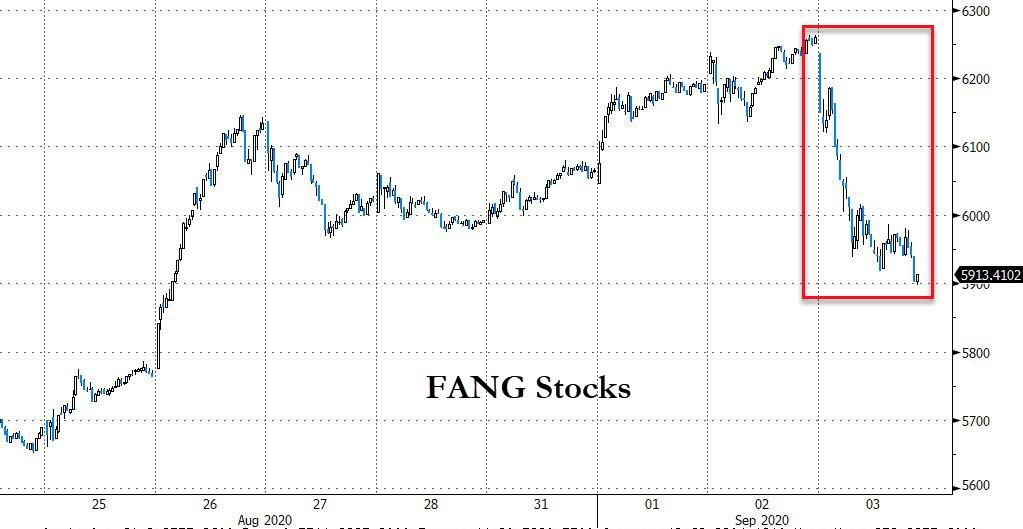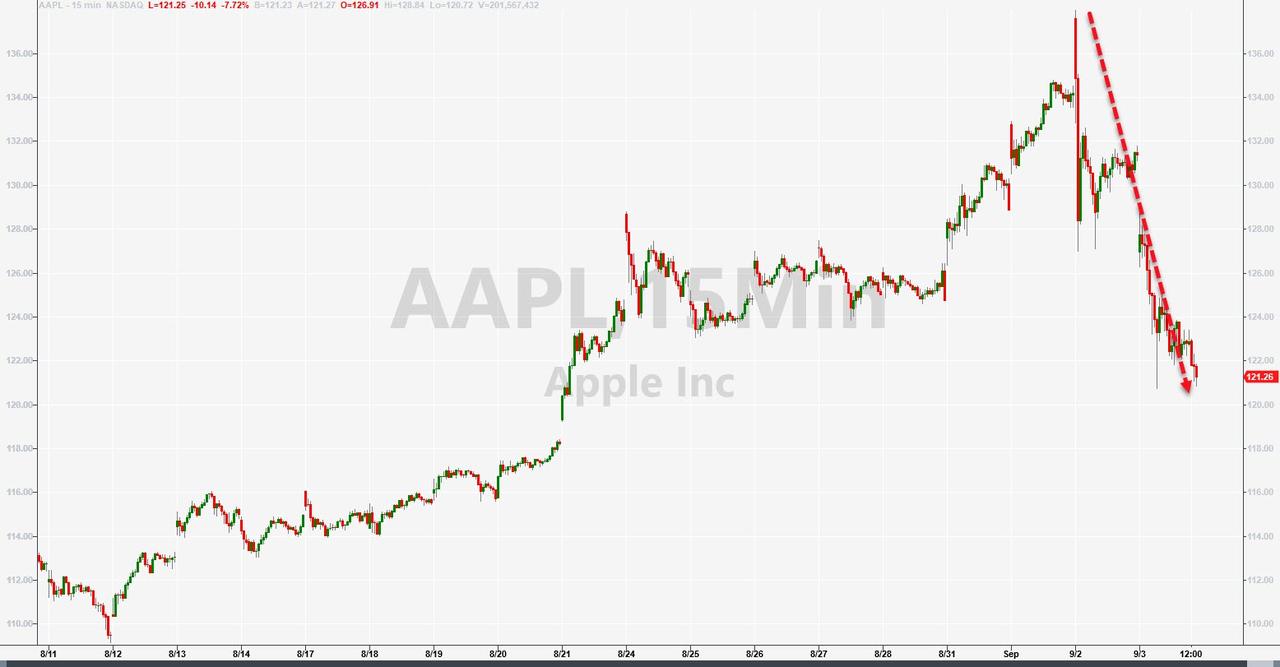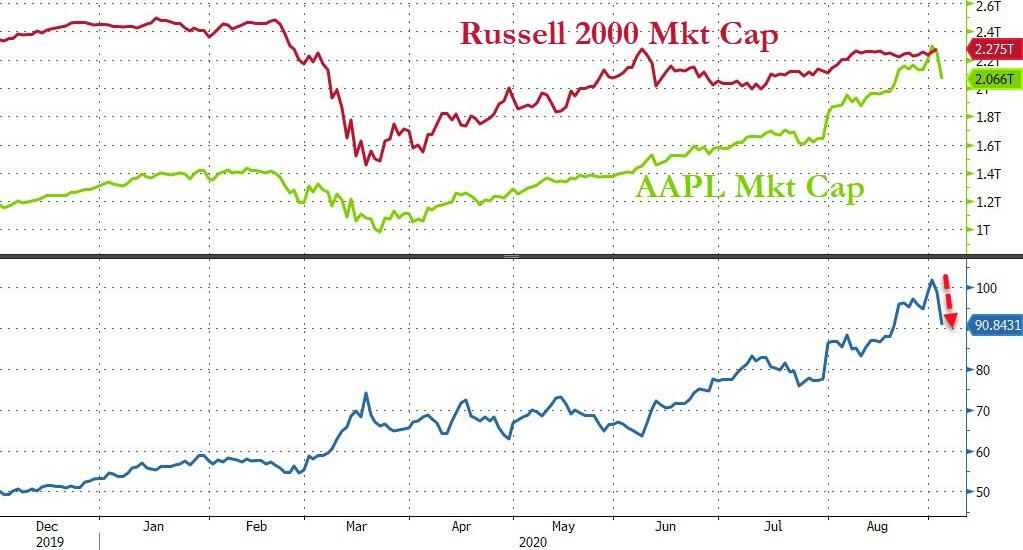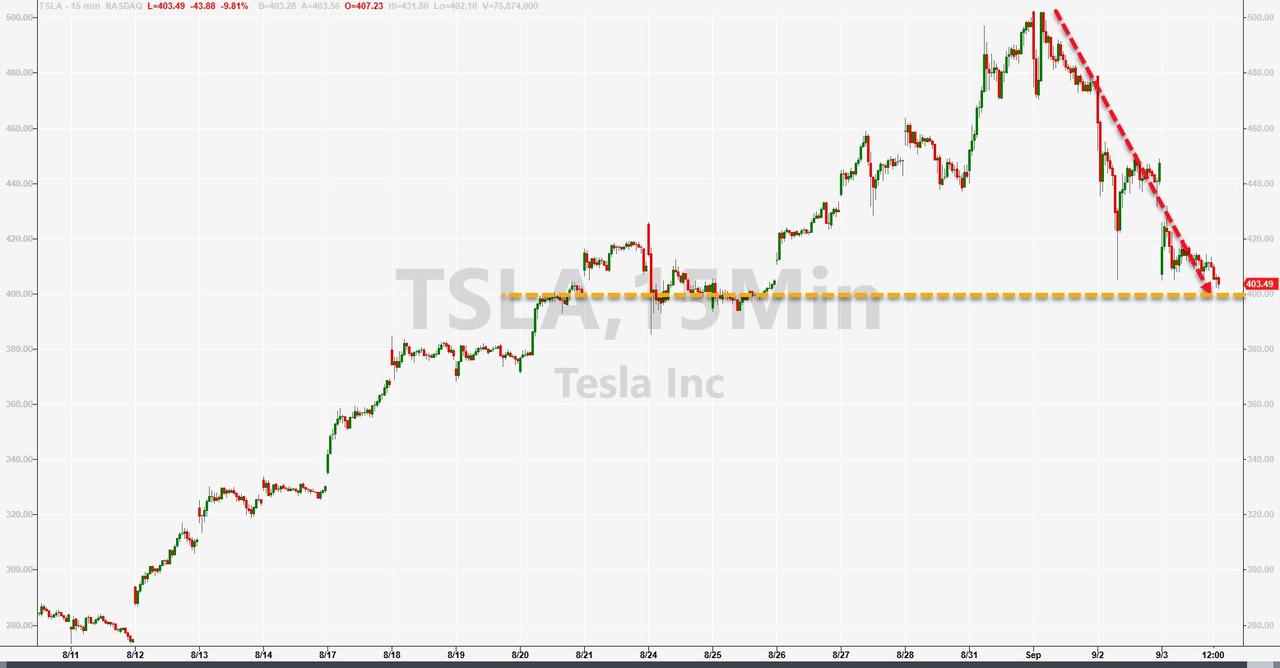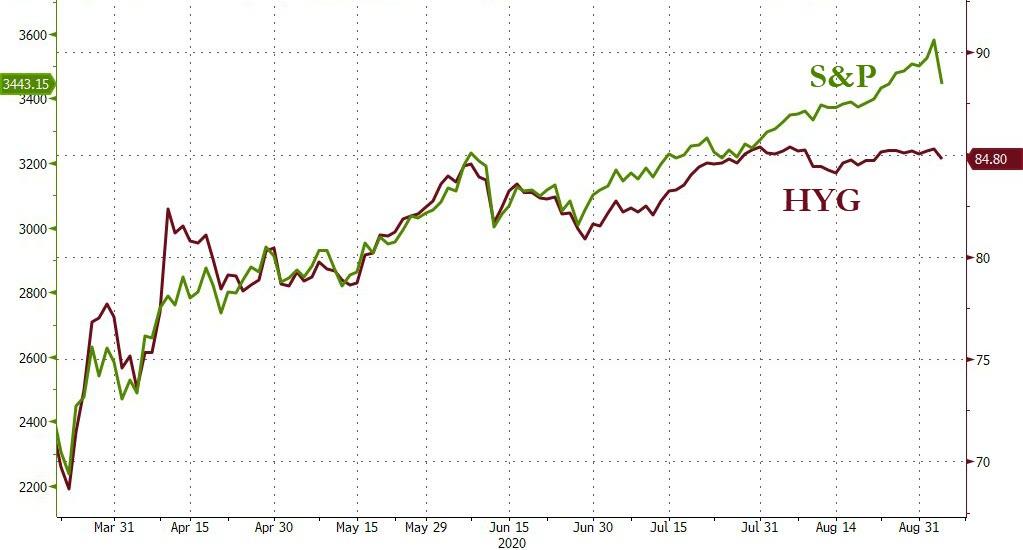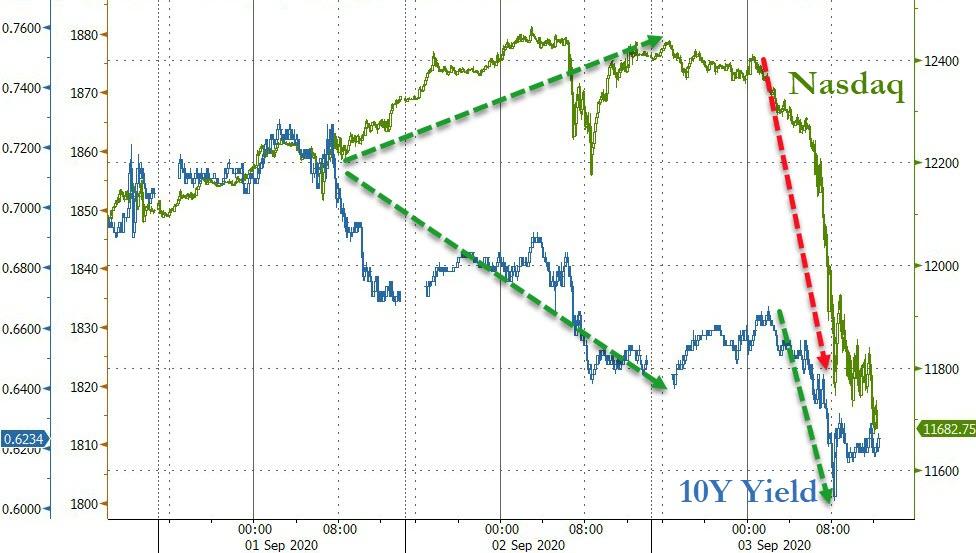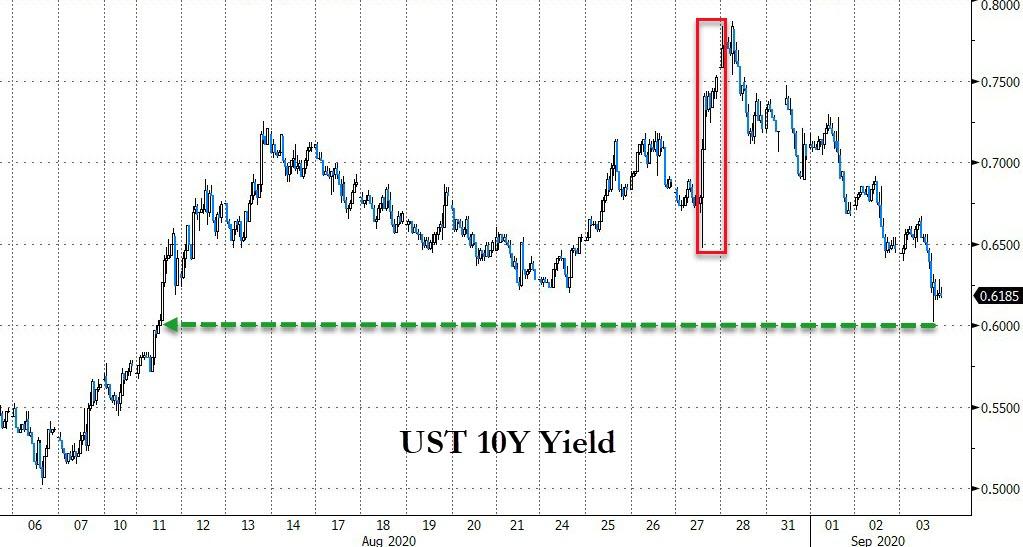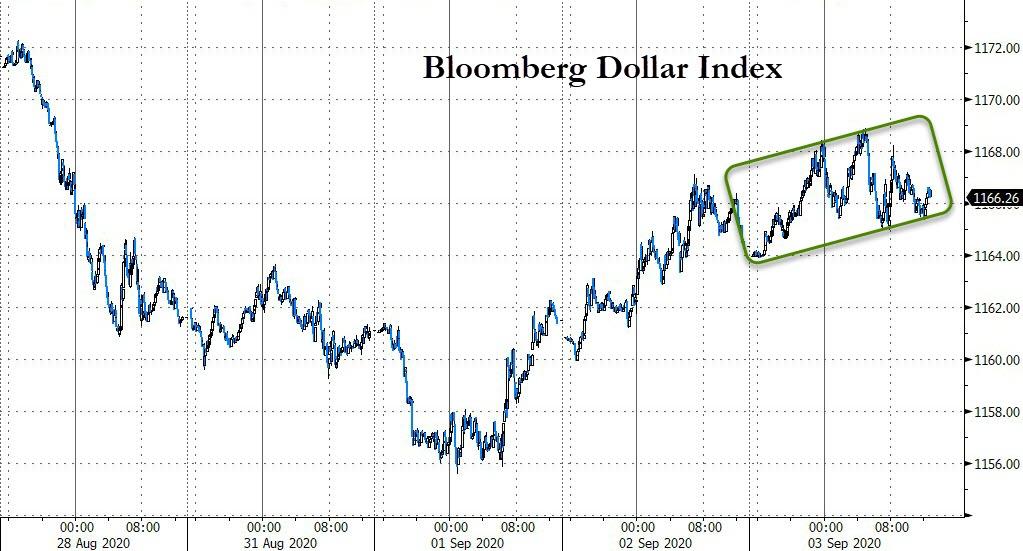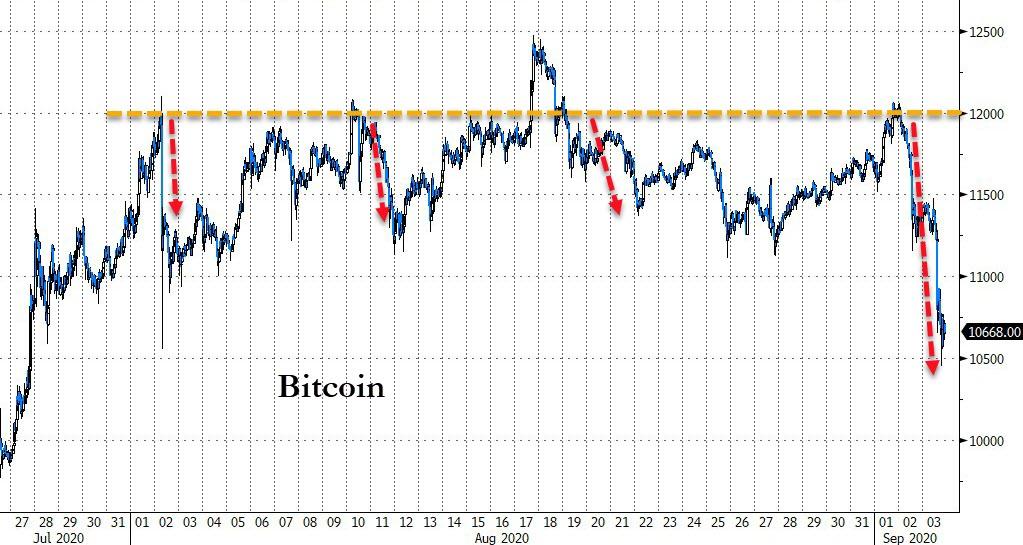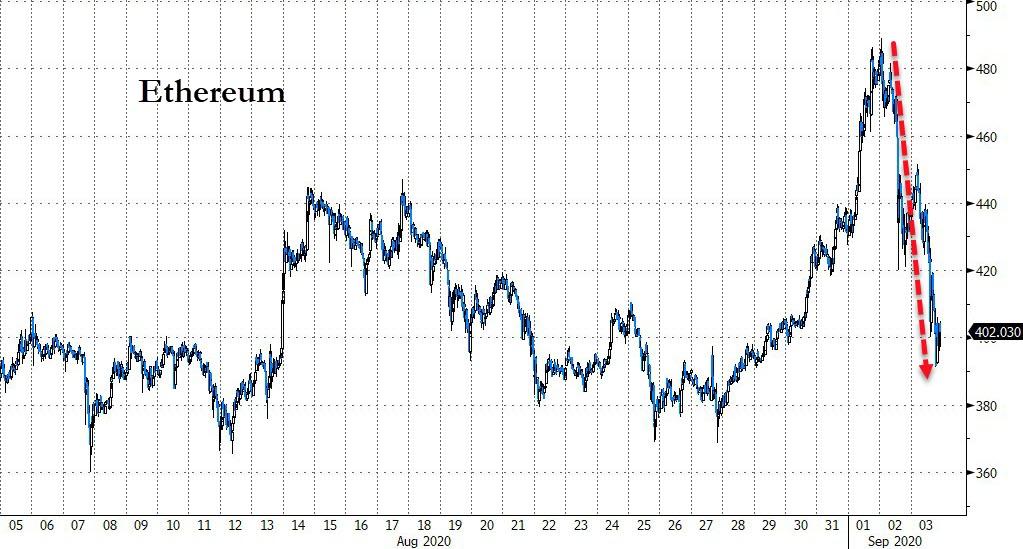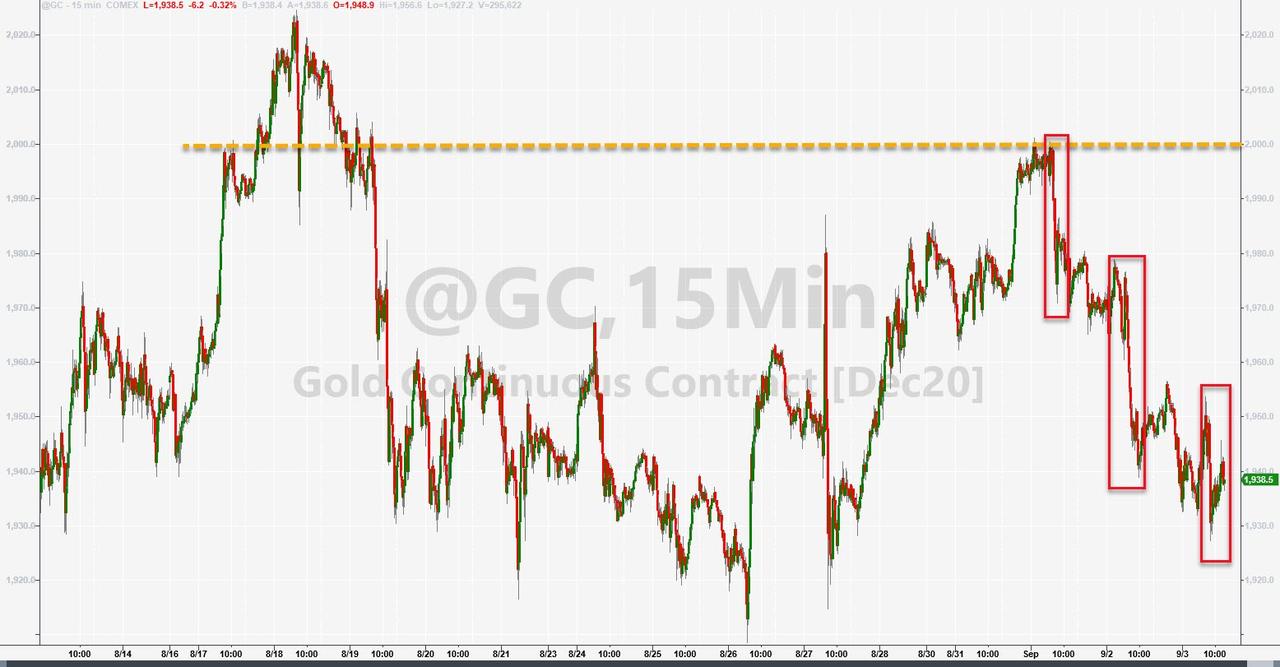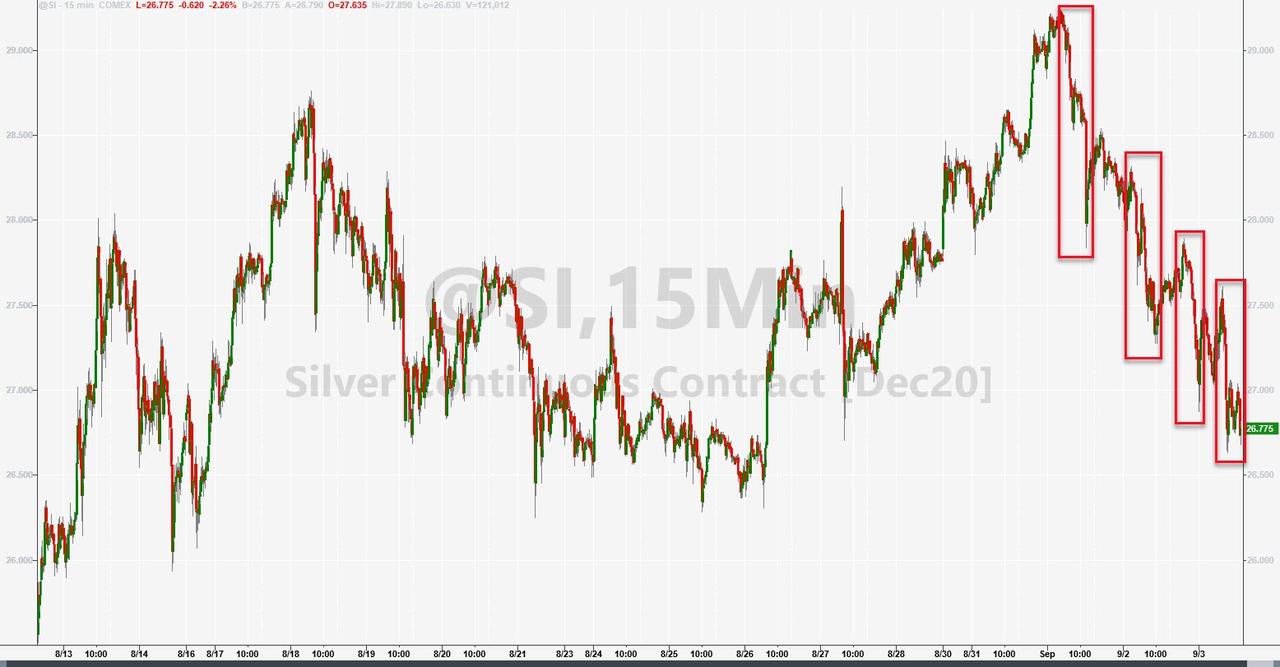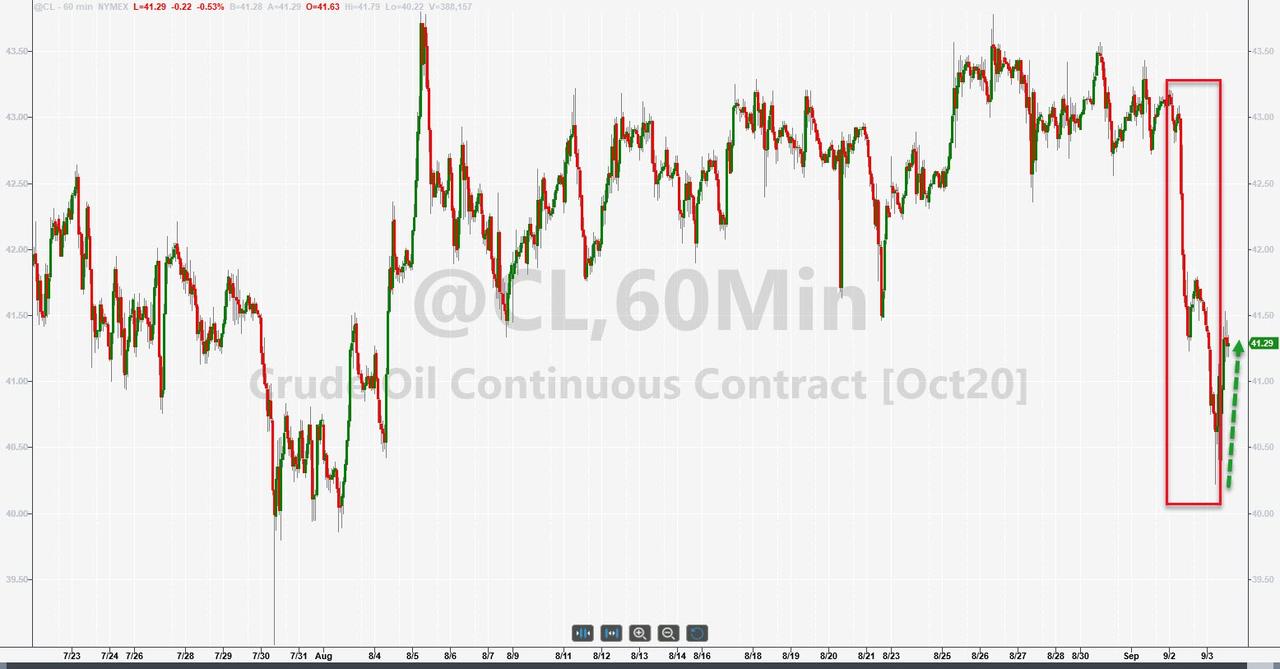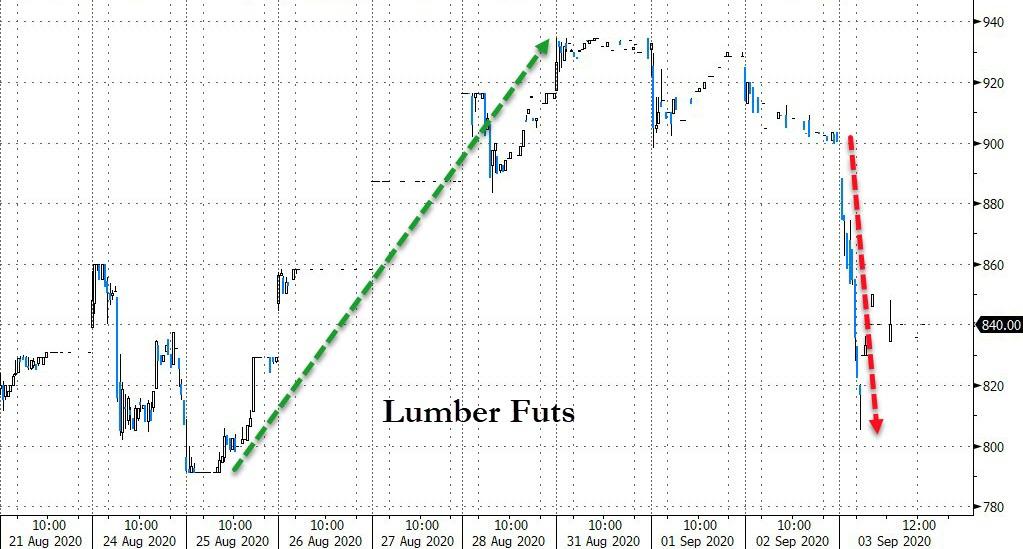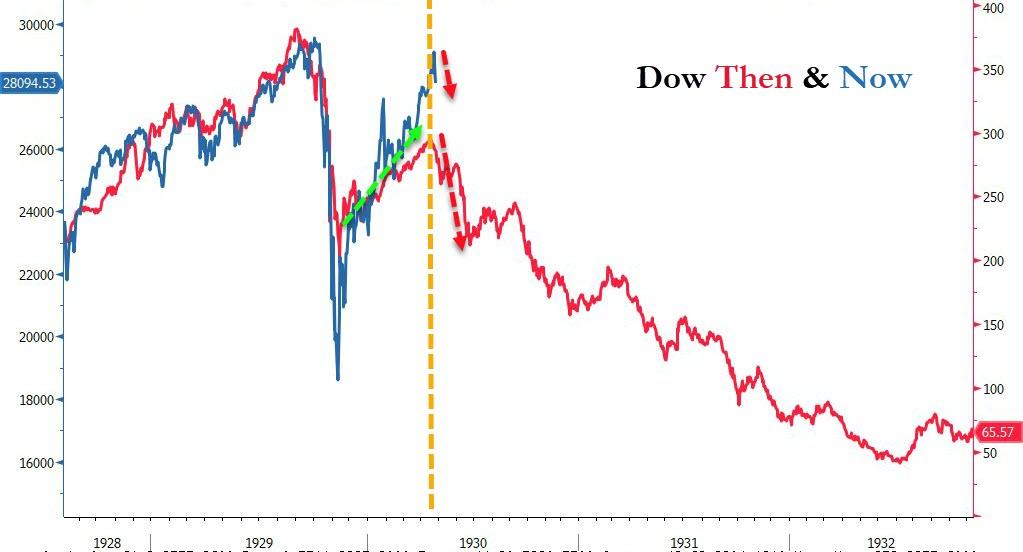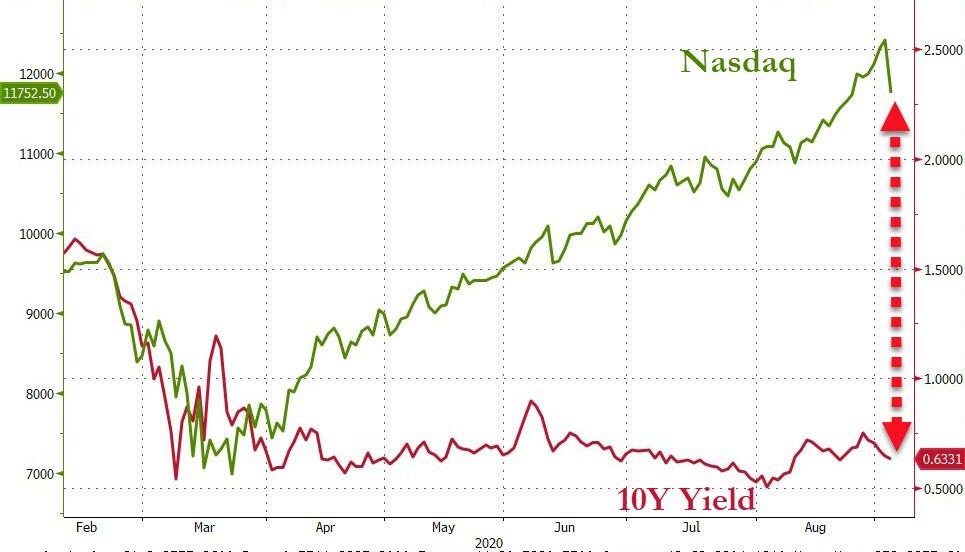Campus Reform has the story on Prof. Greg Patton, who is “no longer teaching his” Fall semester course:
“Recently, a USC faculty member during class used a Chinese word that sounds similar to a racial slur in English. We acknowledge the historical, cultural and harmful impact of racist language,” the statement read.
Patton “agreed to take a short term pause while we are reviewing to better understand the situation and to take any appropriate next steps.”
It includes this video; the USC business school confirmed to me that the video was authentic and the Campus Reform story was accurate:
Prof. Patton, in addition to generally being a professor of business communication, is also with the USC US-China Institute (which might help explain why he would give examples from Chinese):
His international work has primarily focused on China and the Pacific Rim. He is a key advisor to the Center for Asian-Pacific Leadership at USC, a member of USC’s US-China Institute and teaches several courses at Jiao Tong University in Shanghai in the Marshall School’s Global Executive MBA Program.
Dr. Patton leads MBA learning programs in Korea and China and has advised on several hundred consulting engagements throughout the Pacific Rim in more than a dozen countries.
Prof. Victor Mair (Language Log), a linguist and Sinologist, passes along this statement from the USC Marshall School of Business dean about the controversy:
Dear Full-Time MBA Class of 2021,
Thank you for your interest and involvement in the current situation concerning the Class of 2022 and their GSBA-542 experience. This matter is of great importance to all of us. Accordingly, I want to make you aware of the action we are taking. This action is described in the attached email* that was just sent to all students in the Class of 2022.
Sincerely,
Geoff Garrett
Dean[*see next item below]
———
Last Thursday in your GSBA-542 classes, Professor Greg Patton repeated several times a Chinese word that sounds very similar to a vile racial slur in English. Understandably, this caused great pain and upset among students, and for that I am deeply sorry. It is simply unacceptable for faculty to use words in class that can marginalize, hurt and harm the psychological safety of our students. We must and we will do better.
Professor Marion Philadelphia, Chair of the Department of Business Communications, will take over teaching the remainder of GSBA-542, beginning tomorrow, Tuesday August 25.
Over the coming weeks and months, I have no higher priority than to work with Vice Dean Sharoni Little, Vice Dean Suh-Pyng Ku and the other members of the Marshall leadership team to identify and redress bias, microaggressions, inequities and all forms of systemic racism associated with anyone’s identity throughout our school. We each must grow and learn always to engage respectfully with one another while fostering and exemplifying the knowledge and skills needed to lead and shape our diverse and global world—such as courage, empathy, compassion, advocacy, collaboration, and integrity.
I am deeply saddened by this disturbing episode that has caused such anguish and trauma. What happened cannot be undone. But please know that Sharoni, Suh-Pyng and I along with the entire Full-Time MBA Program team are here to support each of you. We welcome the opportunity to have conversations with any of you individually.
Sincerely,
Geoff Garrett
Dean
If twenty years ago Rush Limbaugh had given this incident as a hypothetical on his show (perhaps following the “niggardly” controversy), I expected he would have been derided as creating an obviously ridiculous straw-man caricature of liberal universities, a silly and unrealistic slippery slope argument. And yet here we are.
Two other letters to close this post. First, the letter that I think Dean Garrett should have written:
